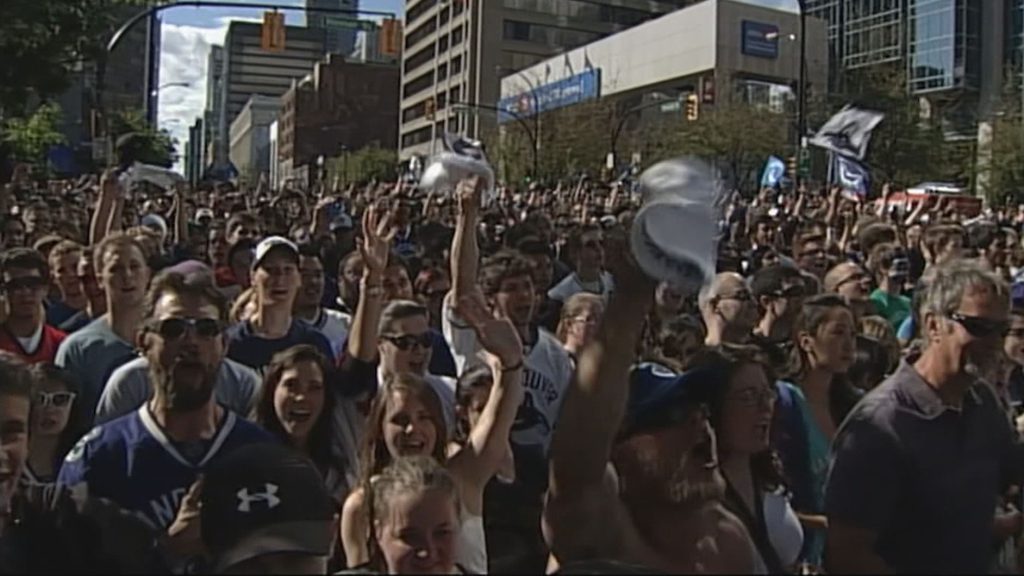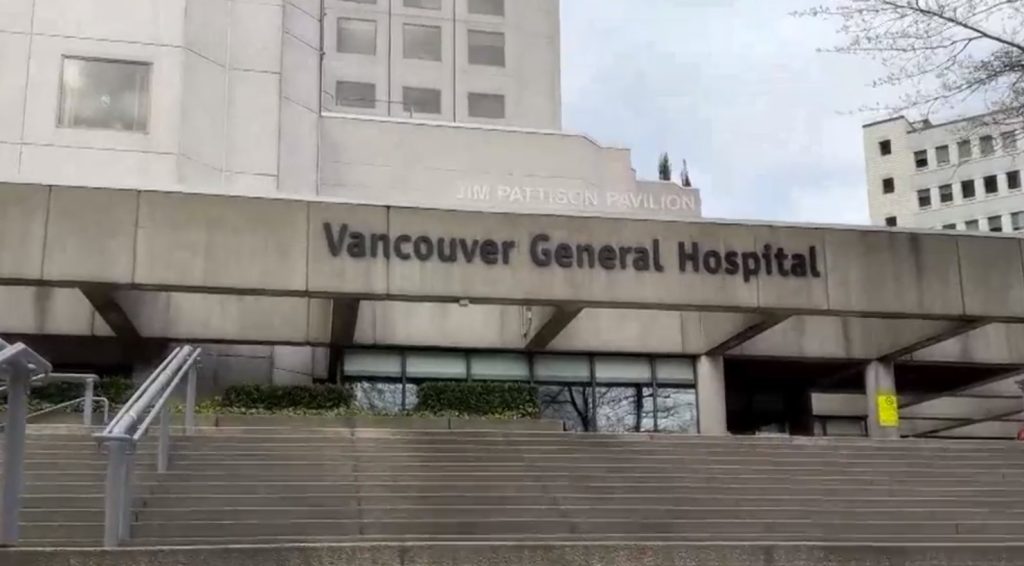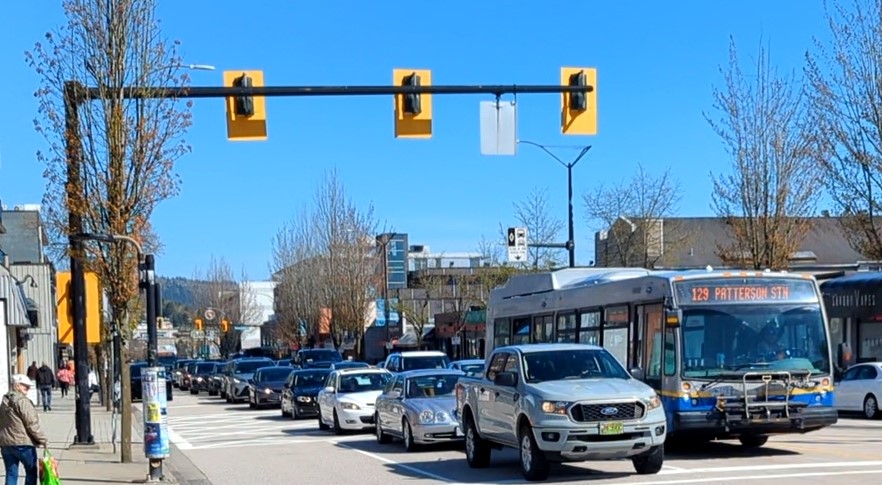Elections BC anticipates significant increase in mail-in votes amid COVID-19 pandemic
Posted September 22, 2020 10:01 am.
Last Updated September 22, 2020 10:31 am.
VICTORIA (NEWS 1130) – Elections BC anticipates up to 35 per cent of votes cast in the upcoming provincial election will be mailed-in, up from the typical one per cent normally seen during an election.
As of 6:30 a.m. Tuesday, Elections BC had received 20,000 mail-in ballot requests, and the site only went live the afternoon before, on Monday.
That figure differs drastically to the 6,500 mail-in ballots cast in all of 2017.
“Our survey work that we conducted over the summer months consistently put the range of 35 to 40 per cent of British Columbians who expressed an interest in voting by mail, one of the remote voting options that we have in B.C.,” Chief Electorial Officer Anton Boegman says.
BC's pandemic elxn will a magnitude more mail-in ballots than last election.
By 6:30 am 20,000 people asked @ElectionsBC for mail ballots. Compare to 6500 in *all* of the 2017 election.
Up to 800,000 possible. This could mean a delay in final count#bcpoli #covid19 @news1130— LizaYuzda (@LizaYuzda) September 22, 2020
The added interest in mail-in preference is expected to translate into about 800,000 votes, the agency says.
“B.C. has always had two counts, at least since the act was changed in 1996. We have initial count on voting day, which is a count of all the advanced voting ballots and all of the ballots cast on voting day,” he says. “These are considered live ballots, they go directly into the ballot box. That result is announced following the completion of the count on election night.”
However, the increase in voting by mail could mean a delay in the final count, with Boegman explaining all absentee ballots — including mail-in ballots — cannot be counted until at least 13 days after election day.
“The duration of time between initial count and final count is critical to the integrity of the electoral process,” he says. “During this time, we screen all of the absentee ballots to ensure that the voter who cast them is registered, is voting correctly in their electoral district, and has not voted previously in this election. Because of this requirement to ensure only one vote per voter, this cannot take place until following the close of voting on general voting day.”
Boegman admits if there are a “significant” number of absentee and mail-in ballots, these screening processes could take longer before a final count is done.
At this time, he says it’s too soon to say what that delay could be.
Changes and protocols
In anticipation of a vote like no other, Elections Canada says preparations have been made in order to help British Columbians vote safely on Oct. 24, despite the ongoing COVID-19 pandemic.
Physical distancing, capacity limits, PPE, and protective barriers at polling stations are all part of Elections BC’s safety plan. It says hand sanitizing stations and enhanced cleaning measures will also be implemented.
While these procedures are quite standard amid the COVID-19 pandemic for most businesses, Elections BC says modified voting procedures in order to help people distance and “minimize contact intensity” are also part of the plan.
Voters will not be required to wear masks at polling stations, but those who choose to do so will not be required to remove them as part of the voter verification process.
Because more people expect to vote by mail, it may take longer to count ballots and report results.
Voter verification process also changing, so people wearing a mask will not be asked to remove them in order to identify themselves, but masks not mandatory. #bcpoli #BCelxn2020— Marcella Bernardo (@MBernardoNews) September 22, 2020
Usually, elections are “high touch” events. As such, they would be high risk if changes were not made.
As part of Elections BC’s safety plan, voters will notice some changes to things like the ballot, secrecy sleeve, return envelop, and instructions.
In the past, these were assembled manually. However, in order to limit contact, most of this will be done by a machine this time around, similar to what has been seen during the referendum processes.
When it comes to capacity limits at polling stations, Elections BC and Provincial Health Officer Dr. Bonnie Henry note the 50 person cap will not apply.
Voting at a polling station will be treated more like getting take-out meals rather than events like a party, they say.
Voting options
As with past elections, people will be able to vote in person, if they choose to. They can do so at any district electoral office from opening until 4 p.m. Oct. 24, at advanced voting from Oct. 15 to 21, between 8 a.m. and 8 p.m., as well as on election day between 8 a.m. and 8 p.m.
Advanced voting dates have been extended to seven days, as opposed to six in 2017, to allow people more opportunities to head to the polls while keeping apart from others.
Despite concerns voiced by the BC Teachers’ Federation, the province will be turning many schools into voting locations.
Chief electoral officer @ElectionsBC says he understands the concern @bctf have of locations being used for voting.
But they are vital – were 44% of locations used last election.
Assures there will be full cleans before & after use.#bcpoli #covid19 @news1130— LizaYuzda (@LizaYuzda) September 22, 2020
Elections BC says there will be deep cleans both before and after the voting, and that it is confident in the precautions in place. According to Elections BC, schools made up 44 per cent of voting locations in the last provincial vote.
Of course, mail-in voting is also a possibility.
At-risk voters
Meanwhile, Elections BC says changes are also being made to help those who are considered at risk to vote this fall.
Elections BC says it will ensure that every single election office is wheelchair accessible, and that curbside options are available for those who aren’t able to get our of their vehicles.
In addition to voting by mail, at-risk British Columbians will also have access to assisted telephone voting, and services will be made available for people at care facilities and hospitals.
“Outreach to First Nations communities, student groups, and agencies that provide services to homeless individuals,” is also part of the plan, Elections BC says.
Elections BC October provincial election plan









